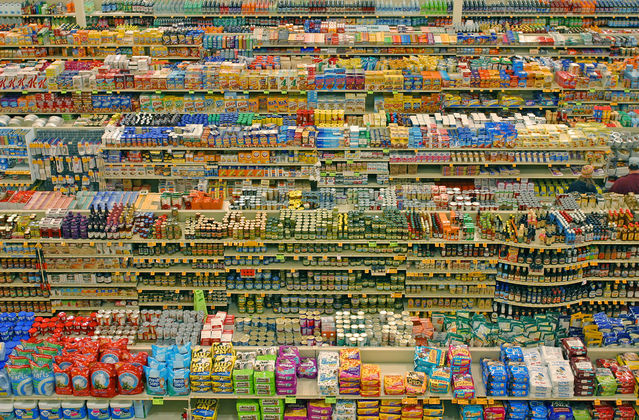Consumer Behavior
What Drives Consumer Decisions at the Shelf?
New research suggests less is more when it comes to shelf and display sales.
Posted December 28, 2016

In stark contrast to the “super-size me” era of the 1990s and 2000s, companies are now finding significant growth and profit streams by scaling back their product portfolios and offerings.
Procter and Gamble, for instance, recently shed many of its weaker-performing brands to focus on its flagship assets, McDonald’s has scaled back menu offerings in recent years, and we are all familiar with Apple’s streamlined product line and minimalistic storefront design.
Apart from the operational efficiencies that can be achieved by paring back product portfolios, consumer psychologists are now showing how and why it can create a more appealing customer experience. And this has implications for retailers as much as it does for manufacturers.
Consider a recent study published in the October 2016 issue of the Journal of Marketing Research by Julio Sevilla and Claudia Townsend. In this study, the researchers varied the space separating products on a display shelf. Some people saw products spaced close to each other, while others saw products spaced farther apart.
People who evaluated products that were spaced farther apart rated those products as more valuable and more desirable. This held true across various product categories, including discretionary categories such as jewelry, as well as staple categories, such as analgesics. (There was, however, one caveat: Low-priced products were evaluated as more aesthetically appealing but not more valuable when the space between them was greater.)
Interestingly, the researchers found that packaged food goods—free chocolates, in one of the experiments—were even rated as tasting better when they were displayed with more spacing.
The takeaway? Retailers can theoretically charge more for the same products when they are presented to consumers in an aesthetically pleasing way, especially when it comes to discretionary items. And increasing the space between products in a shelf display is one way to increase aesthetic appeal.
Granted, increasing the space between display items reduces the number of products retailers can stock. Thus, a balance must be struck between presenting products in a way that maximizes their perceived appeal while also housing a sufficient product mix to give consumers the variety they demand.
Perhaps the future of retail is in a more minimalistic storefront space usage with an extensive on-site warehouse. Hello, IKEA?
References
Sevilla, J., & Townsend, C. (2016). TheSpace-to Product Ratio Effect: How Interstitial Space Influences Product Aesthetic Appeal, Store Perceptions and Product Preference. Journal of Marketing Research.


